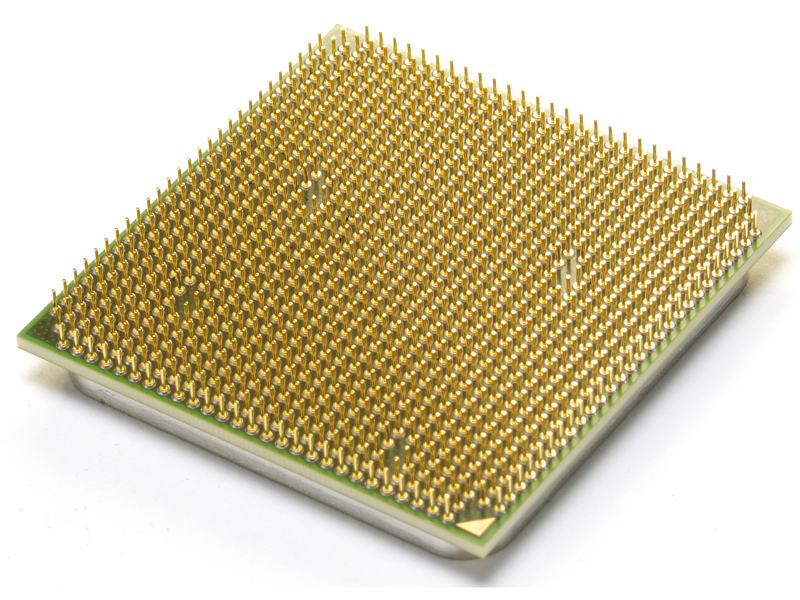TechRadar Verdict
The E8500 is the new weapon of choice for hardcore gamers. For everyone else, go quad
Pros
- +
As good as dual-core gets, Awesome gaming grunt, Overclocking headroom
Cons
- -
Not much cheaper than a decent quad
Why you can trust TechRadar
The new dual-core variants of Intel's 45nm Penryn CPU family look like a no-brainer. For the most part, that's how how it turns out.
The top E8500 model is clocked at an impressive 3.16GHz, which translates into single and dual-threaded performance to match any processor on the planet. It's also impressively efficient compared to the outgoing 65nm generation of Core 2 Duo CPUs from Intel.
Improved performance
Despite running a few hundred MHz faster than the old 2.93GHz X6850 dual-core chip, the E8500 consumes 30 watts less under full load.
It's also significantly quicker in every benchmark than the X6850. Part of that is no doubt thanks to the faster frequency, but the addition of 2MB of cache memory, now a borderline-silly total of 6MB, doesn't hurt. The same goes for the faster 1,333MHz bus. It's all gravy.
Of course, Intel would also claim that the various tweaks made to the Penryn architecture boost the clock-for-clock performance of its latest cores, too. You know, the new Radix 16 divider, enhanced SuperShuffle Engine and all that jazz.
In practice, it's effectively impossible to isolate each of the upgrades and deduce exactly how much benefit they bring.
Power at an attractive price
What we can say, however, is that the overall performance advantage of the E8500 over the X6850 is always above 10 per cent and sometimes as much as 20 per cent.
That's despite the clock speed differential of just eight per cent. And remember, the E8500 is less than £200. At launch a little over 18 months ago, the X6850 was the world's fastest PC chip and cost a cool £600. That's progress for you.
The good news doesn't end there. We can also report that the E8500 is every bit as good an overclocking chip as you would hope; hitting 4GHz on air cooling is a cinch. Up the volts a bit, and even higher speeds are possible.
All of which just leaves one lingering doubt. The full-fat, 12MB cache Q9450 quad-core chip can be had for just £30 more. Sure it's clocked a little lower at 2.6GHz. But for any system that's remotely multi-purpose, the Q9450 is probably a better all-round bet.
The TechRadar hive mind. The Megazord. The Voltron. When our powers combine, we become 'TECHRADAR STAFF'. You'll usually see this author name when the entire team has collaborated on a project or an article, whether that's a run-down ranking of our favorite Marvel films, or a round-up of all the coolest things we've collectively seen at annual tech shows like CES and MWC. We are one.
